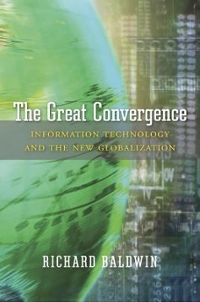Answered step by step
Verified Expert Solution
Question
1 Approved Answer
Question 3: Consider the following three choice situations: Choice {i}: ($2SIK},1,'2 ; $, [f2 ] vs. ( $13M], '1 ) Choice (ii): ll: $6000, [[4

Step by Step Solution
There are 3 Steps involved in it
Step: 1

Get Instant Access to Expert-Tailored Solutions
See step-by-step solutions with expert insights and AI powered tools for academic success
Step: 2

Step: 3

Ace Your Homework with AI
Get the answers you need in no time with our AI-driven, step-by-step assistance
Get Started


